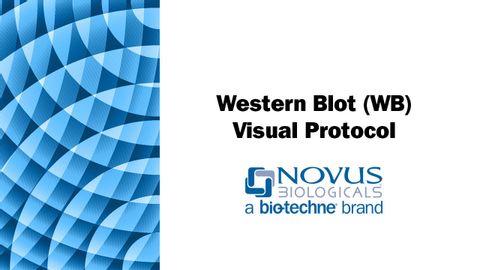西方印跡(WB)可視化協議 (Western Blot (WB) Visual Protocol)
Yu Sheng Chen 發佈於 2021 年 01 月 14 日  沒有此條件下的單字
沒有此條件下的單字US /spɪˈsɪfɪk/
・
UK /spəˈsɪfɪk/
US /ˈdɛmənˌstret/
・
UK /'demənstreɪt/
- v.t./i.顯示;表露;遊行;演示;證實; 展示
US /ˌrɛkəˈmɛnd/
・
UK /ˌrekə'mend/
US /ˈpɑzɪtɪv/
・
UK /ˈpɒzətɪv/
- adj.積極的;建設性的;確定的;正極的;積極的;有利的;陽性的;樂觀的;正數的;正像的
- n.正片

